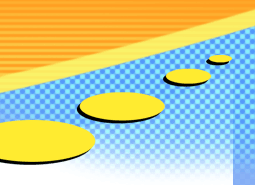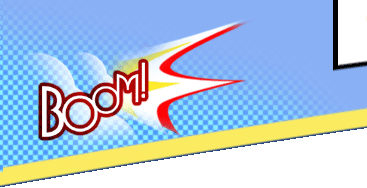




 |
 |
 |
 |
 |
 |
 |
 |

Is electrolysis painful?
Whether or not there is any discomfort during electrolysis is quite variable depending on a patient's tolerance, machine settings, modality used, and other factors. During most treatments, a definite sensation should be noticed. It has been variously described as a "slight heat", "tingling", or "stinging" sensation. Our electrologists are trained to work within the comfort tolerance of our patients. For those who experience discomfort, a lidocaine cream is available for sale.
If you find the treatments intolerable, discuss it with your electrologist, adjustments can be made to your treatments.
Why should I choose electrolysis over other hair removal methods?
Electrolysis is the only true permanent hair removal method and the only permanent treatment recognized by the FDA.
Why not use temporary methods?
The fact is they are just that, temporary. The methods used can cause irritations, cause hairs to become ingrown, this can be unsightly and painful. The hairs will always return and in certain areas, may even promote more hair growth.
Is electrolysis expensive?
When compared to the prices of other health and beauty-care services and the cost of dealing with excessive hair using temporary means, electrolysis, in most cases, is very affordable. Remember, the problem is being dealt with permanently and not just on a short term basis.
I have kept my prices at a modest rate so my clients can afford to complete the process without financial strain. I offer a complimentary sample treatment (a $20 value) to new clients.
Once I start electrolysis, can I still remove the hair with temporary methods?
The only recommended removal method that would be ok is trimming with small scissors or shaving. Tweezing and waxing may actually cause more hair growth and distorts the hair follicle, making insertion of the probe more difficult. Once you start the electrolysis process it is recommended to not wax or tweeze the area being treated.















